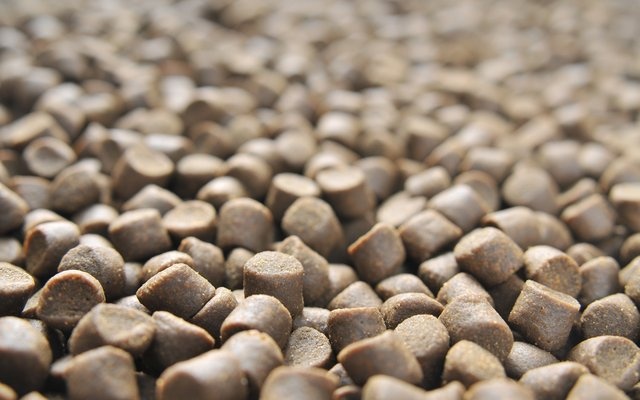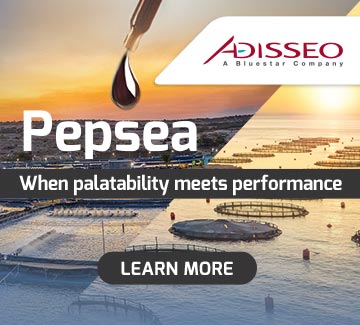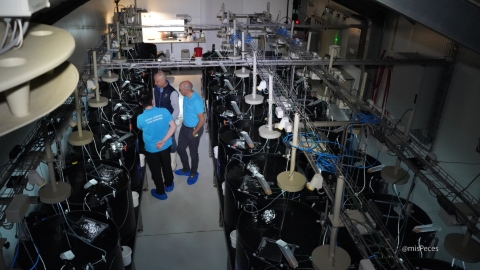
Attractants are chemical compounds, either natural or synthetic, designed to stimulate the sensory responses of fish and crustaceans, thereby enhancing the efficiency of feed utilization. These compounds have become a cornerstone of efforts to increase sustainability and productivity in the aquaculture sector.
Through specific aromas and flavours, these additives enable fish to identify feed from a distance, significantly boosting consumption, even then the feed is plant-based. This feature is particularly important in the shift toward more sustainable diets that reduce reliance on marine resources such as fishmeal and fish oil.
A wide range of attractants exists, tailored to specific species and contexts. Some are based on free amino acids, nucleotides, or betaine, while others incorporate organic acids or protein hydrolysates. The challenge lies in adapting these solutions to the unique needs of each farming operation, ensuring their effectiveness under varying conditions.
The benefits of attractants

Using attractants in aquaculture feed significantly improves the survival and growth rates of farmed species by increasing feed intake. This not only optimizes feed utilisation but also reduces production costs and facilitates the shift to plant-based ingredients. By enhancing feed palatability, attractants help minimize waste and bolster the sustainability of aquaculture systems by decreasing dependency on fishmeal and other marine-derived inputs.
Additionally, attractants support better feed conversion and mitigate the environmental impact of uneaten feed, contributing to cleaner and more efficient production systems.
In recent years, alternative attractants have gained prominence. Protein hydrolysates derived from fish, krill, and poultry, along with enriched yeasts, are proving to be promising solutions. These compounds not only enhance nutrient absorption and feed performance but also strengthen the immune health of farmed species and improve their resilience against diseases.
Another burgeoning area of research involves organic acids, such as citric acid and butyric acid, which have shown potential to improve digestibility and growth, especially in crustacean species like shrimp. These acids are also being explored as sustainable alternatives to antibiotics in disease prevention strategies.
Points to Consider
It is crucial to recognize that some compounds may lose their effectiveness over prolonged use, as animal adapt to the stimuli provided by the attractants. Furthermore, the specificity of each species is a key consideration-an attractant that works well for one species may be ineffective for another. As a result, careful selection and customisation of these compounds are essential to maximise outcomes.
While attractants represent a valuable tool in modern aquaculture, further research is needed to deepen our understanding of their long-term impacts. This includes the development of more effective and targeted formulas, alongside an assessment of their economic and environmental sustainability on a global scale.
In conclusion, attractants are indispensable to advancing a more efficient and sustainable aquaculture industry. With ongoing research and the adoption of innovative technologies, these compounds are poised to play a pivotal role in the future of aquatic food production.


